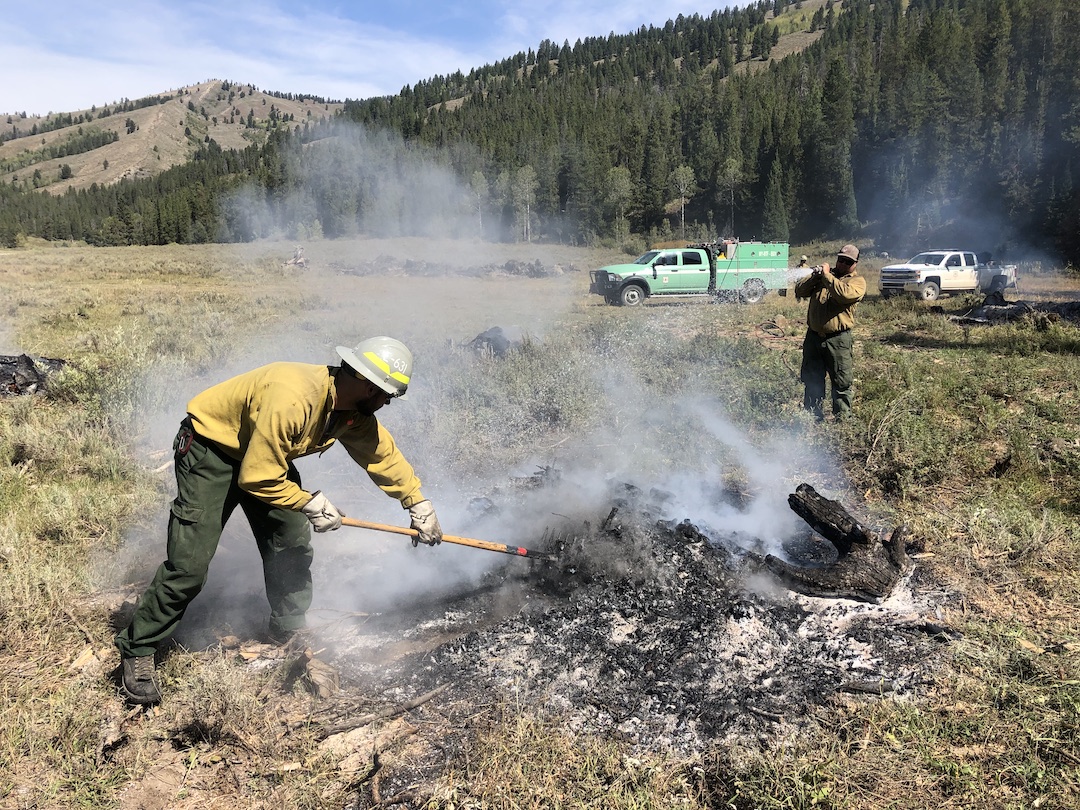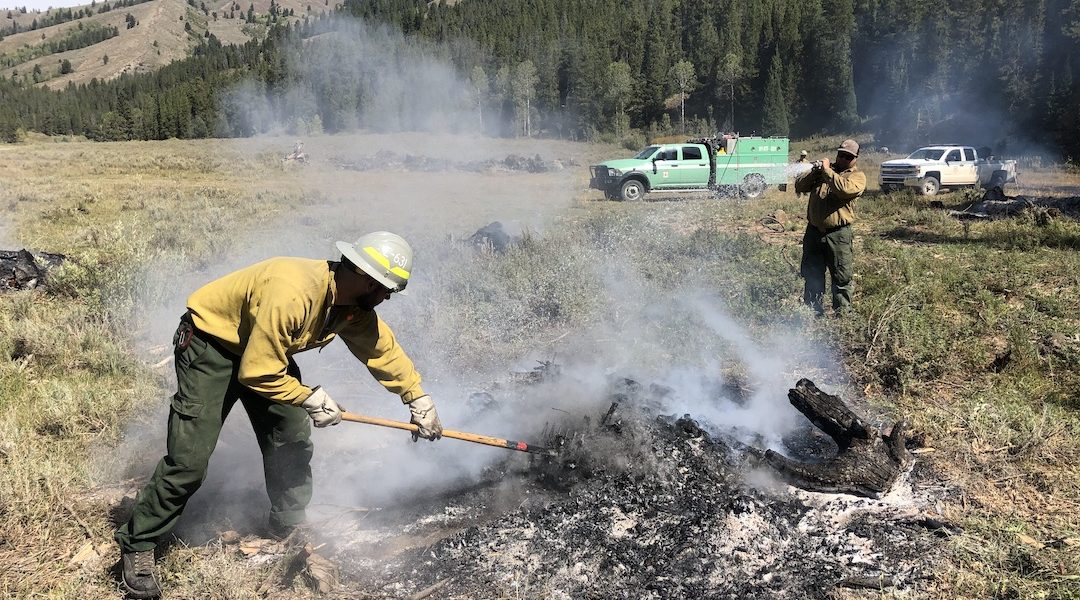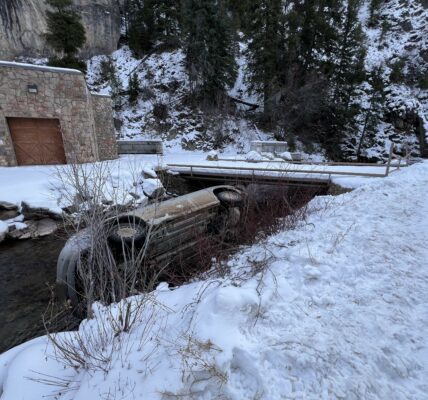
The Kemmerer Ranger District of the Bridger Teton National Forest is planning multiple prescribed burns throughout this fall. These could begin as early as late September and burns may be implemented at any time until Late November. Smoke impacts should remain minimal due to the short duration of the burns and remote location.
- September 19 – October 1, 2023, as part of the Labarge Vegetation Restoration Project, 477 acres are planned to be treated with prescribed fire through implementation of the Packsaddle prescribed burn. The Packsaddle prescribed burn is in the Labarge drainage between Forest Road 10138 and Forest Road 10128.
- October 1 – 15, 2023, as part of the Hams Fork vegetation Project, 68 acres are planned to be treated with prescribed fire through implementation of the Nugent prescribed burn. The Nugent prescribed burn is a 68-acre unit located in the vicinity of Turnip Ridge.
- October 1– 15, 2023as part of the Hams Fork vegetation Project, 200 acres may be treated with prescribed fire through implementation of the Hams Fork Unit 6 and Unit 8 prescribe burn. The Hams Fork Unit 6 and Unit 8 prescribe burn is located near Green Knoll and are within the Hams Fork vegetation Project.
- Late October until late November 2023, Kelly Guard station piles, approximately 20 acres.
The Labarge Vegetation Restoration Project is 52,573 acres targeted to promote biological diversity in tree and plant species. Currently it is dominated by homogeneous older conifer and sagebrush. By increasing the diversity of species this will provide abundant forage and habitat for wildlife as well as minimizing the risk of future severe wildfires. 2,217 acres have been identified for future prescribed fire operations to be conducted over multiple years and broken into smaller units.
The Hams Fork Vegetation Project area is a multi-unit area covering approximately 74,267-acres. The goal is to develop a diverse mix of vegetation, reduce fuel loading to help minimize the intensity of future wildland fires, and stimulate the regeneration of aspen stands by reducing conifer encroachment. This will be accomplished through a variety of methods to include, timber sales, prescribed fire, pile burning, and mechanical treatments.
Prescribed fires are managed under a precise set of parameters know as a “prescriptions” which include overall project objectives, temperature, wind speed and direction, relative humidity,
current and expected forecast, and fuel conditions, as well as available firefighting resources, and time of season. Before burning, fire managers ensure that all the parameters are within their prescribed fire plan so the operations can be conducted safely, and objectives can be met. Fire management personnel will utilize both ground and aviation resources to safely conduct these prescribed fire operations. Smoke impacts from these operations will be minimal due to the smaller size of the units, remote location, and short duration of each burn. Fire managers will be coordinating with Wyoming air quality and will monitor weather conditions closely in the days prior to, and during the prescribe fire ignitions. Firefighters will continue to work in the area several days after ignitions to patrol and manage for public safety. Local notifications will take place as well as social media postings alerting the public when these burns will be implemented.





